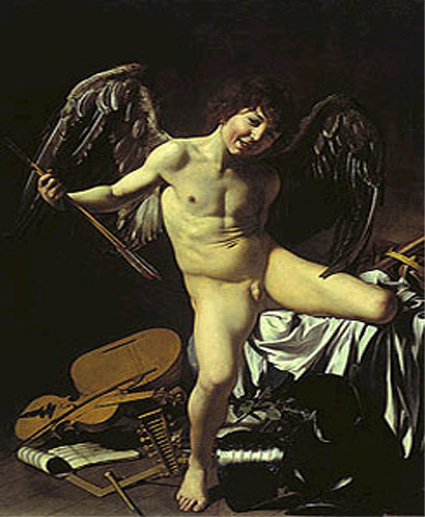“Rembrandt / Caravaggio”, at the Van Gogh Museum in Amsterdam, is the Old Master exhibition as prizefight: a bruising encounter between two of the heavyweights of Baroque painting, one from South of the Alps, the other from the North. It is a contest staged on somewhat shaky grounds. Unlike another recent such head-to-head, Tate Modern’s “Matisse / Picasso”, this one can hardly be said to document a lifelong creative dialogue. The two artists never met and Rembrandt was still a schoolboy when Caravaggio’s turbulent life came to a sudden and mysterious end in 1610.
What influence there might have been can only ever have run in one direction, although it is by no means certain that Rembrandt ever saw a single one of Caravaggio’s paintings. He was, however, familiar with the works of the Utrecht Caravaggisti, a group of Dutch artists who had themselves been profoundly influenced by the Italian artist – above all by his dramatic use of light and shade and his unconventionally direct approach to telling the stories of the bible. The exhibition begins with a selection of their works painted in the early 1620s, including a paraphrase of Caravaggio’s Doubting Thomas by Hendrick ter Brugghen so direct as to border on plagiarism. The presence of these pictures strengthens the supposition that while Rembrandt was undoubtedly aware of Caravaggio’s innovations, he almost certainly absorbed and intuited them at second-hand. If the Italian spoke to the Dutchman, he did so only in Chinese whispers.
The main body of the show consists of a series of juxtapositions pitting the works of Caravaggio against those of Rembrandt, which generally serve to illuminate the huge gulf of difference separating the two artists. No great claims are made on the basis of these comparisons, which are simply and somewhat...


